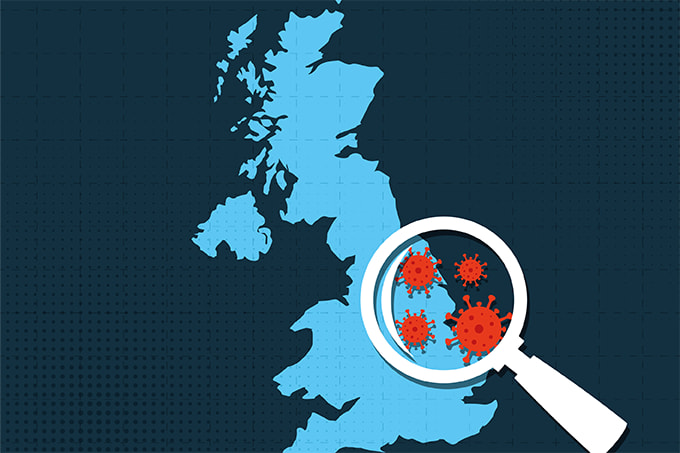
A new molecular assay developed by researchers at Indiana University could sharply reduce the time required to identify 3 serious fungal infections that remain endemic in parts of the United States. The test, a multiplex real-time polymerase chain reaction (PCR) assay, can detect Histoplasma, Blastomyces, and Coccidioides directly from clinical specimens in a single run, bypassing the slow and sometimes uncertain process of culture or serology.
The project was directed by Kenneth Gavina, PhD, director of clinical microbiology at Eskenazi Health and a faculty member at the Indiana University School of Medicine. The data were presented Thursday by Kylee Alexander, MLS (ASCP), CHT (ACHI), a medical laboratory scientist at IU Health, at the Association for Molecular Pathology (AMP) 2025 annual meeting in Boston.
The poster noted that although these fungi are geographically distinct—Histoplasma in the Ohio and Mississippi River valleys, Blastomyces in the central and southeastern states, and Coccidioides in the arid Southwest—they pose a common diagnostic challenge. Existing methods rely on culture, which can take weeks, or antigen and antibody testing, which may yield inconclusive or delayed results, particularly early in infection. The lack of US Food and Drug Administration (FDA)–approved molecular tests for these organisms has left a gap in clinical diagnostics, Alexander noted.
To address this, Dr. Gavina’s team designed primers targeting 3 genetic regions unique to each fungus: ITS1 for Histoplasma, BAD1 for Blastomyces, and the A2/PRA gene for Coccidioides. The assay, performed on the DiaSorin LIAISON MDX platform, eliminates the need for full nucleic acid extraction, using a simplified lysis method that inactivates pathogens and reduces laboratory handling risk.
In a comparison with standard-of-care testing, the assay showed 100% agreement in identifying isolates from 32 patient specimens and 100% analytical specificity against nondimorphic fungi and negative controls. The team also demonstrated the assay’s potential for direct detection from bronchoalveolar lavage specimens, using spiked samples to simulate patient material.
“Our assay has the potential to significantly improve turnaround time and diagnostic confidence for infections that have historically been difficult to detect quickly,” Dr. Gavina said. He added that the ability to run the test on existing molecular instruments could allow many hospital laboratories to adopt it without additional equipment.
Although full clinical validation is still under way, preliminary data suggest that the method satisfies College of American Pathologists regulatory requirements for fungal identification. If confirmed, the assay could become a key tool for both culture confirmation and direct detection in regions where these infections are common. Alexander emphasized that faster and more accurate diagnosis could directly affect patient outcomes, especially for immunocompromised individuals in whom delayed antifungal therapy can be fatal.




